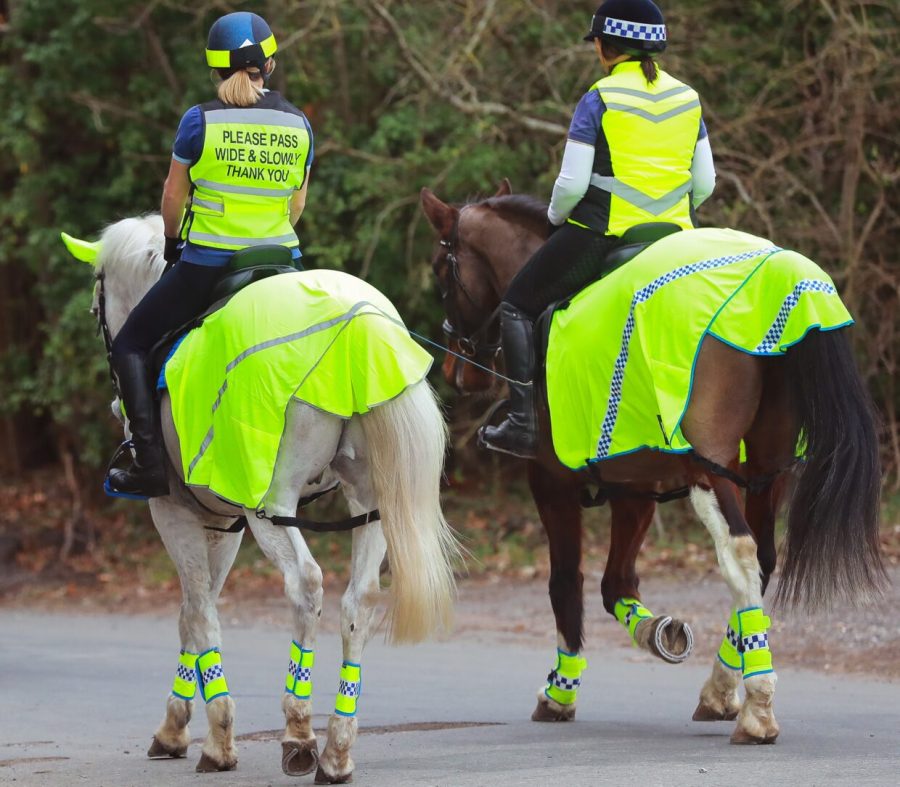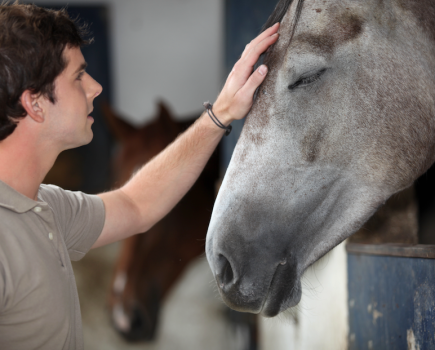As part of our Dead Slow road safety campaign, the British Horse Society (BHS) collates incident statistics every year to truly understand the rate of incidents involving horses on our roads.
This data is supporting our campaign work to improve equine road safety so that riders can continue to enjoy hacking. Without it, we wouldn’t be able to identify hotspots, advise stakeholders and MPs, and work towards a permanent change in some drivers’ behaviour.
Our figures from last year reveal that 66 horses and three equestrians were killed on our roads in 2023.
Overall, we received details of 3,383 incidents which were all recorded via our Horse i app. With this information to hand, both my team and I have the evidence we need to show that the safety of equestrians and horses on our roads continues to be a huge issue.
You can view the full statistics here,
We have the opportunity to drill down into the data too, allowing us to identify key areas across the UK where a higher number of incidents have taken place.
These hotspot areas are a core target for us to address; it is very important to me that we support all the equestrians that live there.
My team spends time visiting these areas, focusing on key locations where multiple incidents have occurred.
Last year, we visited hotspot 11 hotspot areas and worked with the local authorities to erect temporary information posters, advising road users of the rules set out in the Highway Code for passing equestrians.
We couldn’t have done this without having the incident figures to support our case.
‘Incident data plays a very important role’
The BHS Safety Team regularly arranges local awareness events too. We run these across the UK, and it is a great way to engage the local community in these hotspot areas.
We find that talking with the general public and local equestrians face-to-face is the best way to really connect with them.
As part of these events, we also work closely with mounted police units across the UK. Our collaborative ‘Close Pass’ initiatives can reach over 50 drivers and are often conducted in locations where a notable incident has taken place.
They’re a great opportunity to inform and guide road users on how to pass horses safely, as laid out in the Highway Code, explaining the consequences of passing too fast and too close.
Looking ahead, the BHS is liaising with key stakeholders to hold even more of these events.
Our incident data continues to play a very important role in these conversations.
The figures are undoubtedly shocking to the wider public too, so are a very powerful tool to really reinforce how impactful it can be to drive carefully when passing and approaching all equestrians.
Our aim is to make sure all roads are safer for horses and equestrians.
Essentially, all the work we do towards this, via our Dead Slow campaign, comes down to collating these figures.
We’re grateful to all those who continue to support us by recording their incidents; I can’t tell you what a difference it makes.
Related content
- How to report an incident or a near-miss when riding a horse on or off the road to the BHS
- Majority of drivers are unaware of Highway Code changes, warns Alan Hiscox
- Horse rider road safety: things you can do to help make the roads safer









